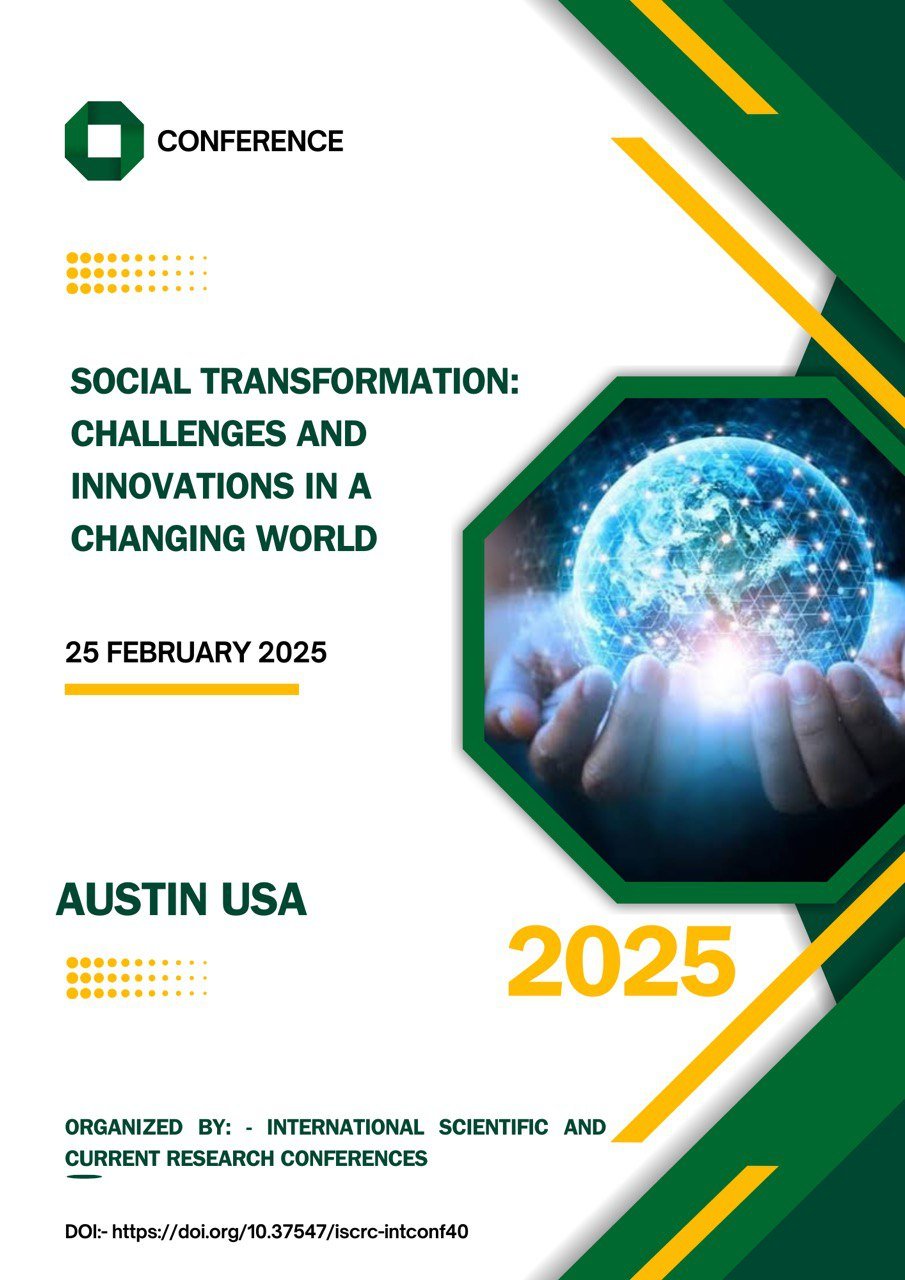THEORETICAL FOUNDATIONS OF THE APPLICATION OF INNOVATIVE TECHNOLOGIES IN EDUCATION
Keywords:
Innovative technologies, education, constructivismAbstract
Innovative technologies have profoundly influenced contemporary educational practice, creating new modes of teaching, learning, and collaboration. Grounded in theories such as constructivism, connectivism, and self-regulated learning, the systematic use of educational technologies can boost student engagement and foster deeper understanding. This article explores the theoretical underpinnings that inform the integration of emerging technologies in diverse learning environments, considering how they can enrich learners’ experiences, address unique educational needs, and transform traditional pedagogical methods. By drawing on a substantial body of research, the study identifies prevailing trends and discusses the importance of aligning technology with core instructional principles. The findings indicate that thoughtful, theory-driven implementation of innovative tools can expand the boundaries of the classroom, promote active learning, and prepare students for the demands of a rapidly changing world. The article concludes with insights into the benefits, challenges, and future directions of technology-enhanced education.
Downloads
References
Bates, T. (2019). Teaching in a Digital Age: Guidelines for Designing Teaching and Learning. Tony Bates Associates Ltd.
Jonassen, D. H. (1999). Designing constructivist learning environments. In C. M. Reigeluth (Ed.), Instructional-design theories and models: A new paradigm of instructional theory (Vol. II, pp. 215–239). Lawrence Erlbaum Associates.
Mishra, P., & Koehler, M. J. (2006). Technological pedagogical content knowledge: A framework for teacher knowledge. Teachers College Record, 108(6), 1017–1054.
Siemens, G. (2005). Connectivism: Learning as network creation. e-Learning Space.org. Retrieved from http://www.e-learnspace.org
Zimmerman, B. J. (2002). Becoming a self-regulated learner: An overview. Theory Into Practice, 41(2), 64–70.
Downloads
Published
How to Cite
Issue
Section
License
Copyright (c) 2025 Abdusalamova Fatima Abdugafurovna

This work is licensed under a Creative Commons Attribution 4.0 International License.
The content published on the International Scientific and Current Research Conferences platform, including conference papers, abstracts, and presentations, is made available under an open-access model. Users are free to access, share, and distribute this content, provided that proper attribution is given to the original authors and the source.






